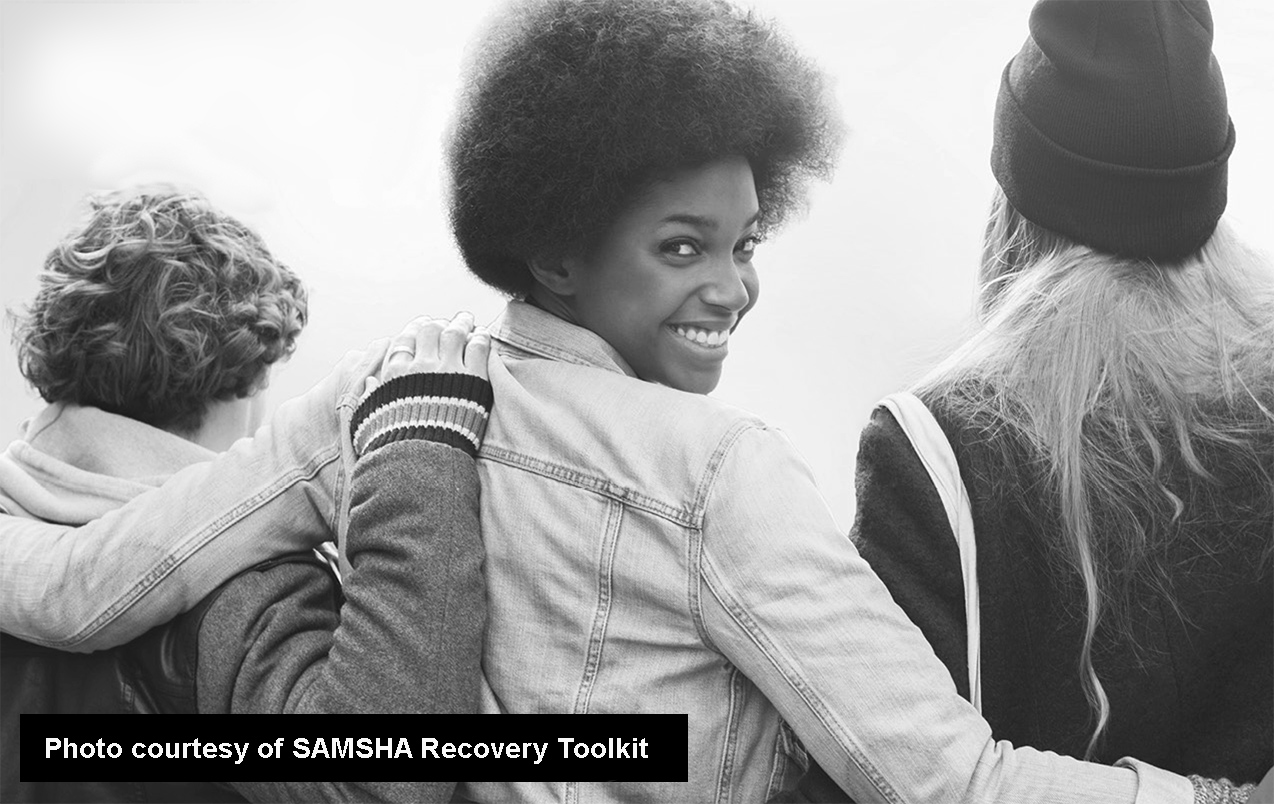In the spirit of FAVOR’s #RAAW16 (that is Recovery Advocacy Awareness Week), we are giving their theme for Monday 2nd May a moment of consideration.
#ThisIsWhatRecoveryLooksLike is the nominated hash tag. A cursory search on Google throws out hundreds of individual stories of what Recovery means to people through their own lived experience. The majority of these stories resonate with hope and purpose and feature pictures of happy faces.
We certainly have plenty of research that tells us what all forms of addiction look like although arguments continue to rage over which theory is the right one to describe it.
At ORA we tend to feel that there is no single, absolute right idea about why addiction begins in any given individual case. From our experience, the childhood trauma ideas of Dr Gabor Mate, the ‘dislocation theory’ of Bruce Alexander, the genetic component, the ‘disease model’ and stress-induced answer are all of equal validity. Addiction can be seen one or a combination of biological, psychological, sociological and perhaps even a ‘spiritual’ factors.
Sadly the significant number of Recovery ‘testimonials’ are not recognised by policy makers and academics as sufficient ‘evidence’ for the efficacy of numerous pathways to a better lifestyle. Anecdotes are not evidence (although one would like to think enough of them put together would be). Until recently, there was little to no Recovery research. Unless one had more than a passing familiarity with a 12 Step Program, it was difficult to point at something or someone and say, ‘This is what Recovery looks like.’
In 2013, FAVOR in America commissioned a the first Life In Recovery survey. This survey was published with the results forming part of ongoing advocacy campaigns. In Australia, in 2014, a similar survey was conducted by a partnership including Turning Point (a leading charity), Eastern Health and the South Pacific Private Treatment Group. In 2015, Sheffield Hallam and the Helena Kennedy Centre for International Social Justice commissioned a UK Life In Recovery survey. At the time of writing the survey is being conducted in Canada by CCSA, and a South African survey is in the development stage at the South African College of Applied Psychology.
The data gathered in the surveys gives the first clear picture of what Recovery ‘looks like,’ in each country. It also provides an opportunity for the results to be compiled to produce research of the impact of recovery in a much wider international context.
So now or in the near future, it might be possible to say ‘This Is What Recovery Looks Like.’
To view the full results of each of the completed surveys, click on the highlighted links in this article.

